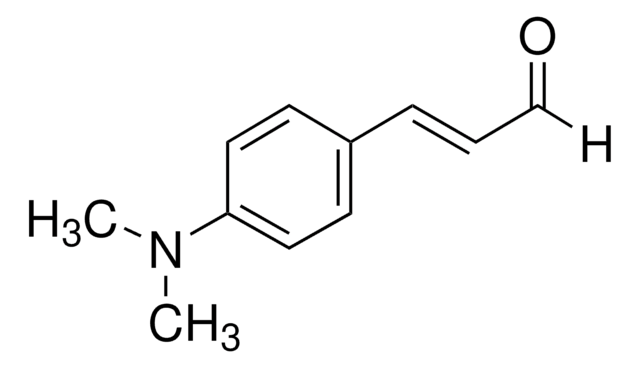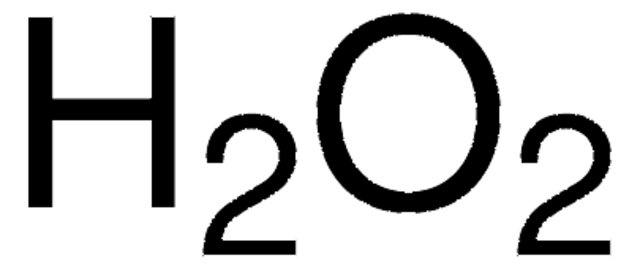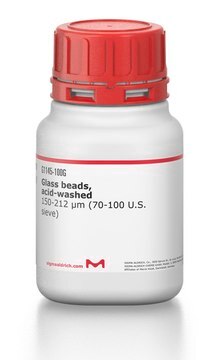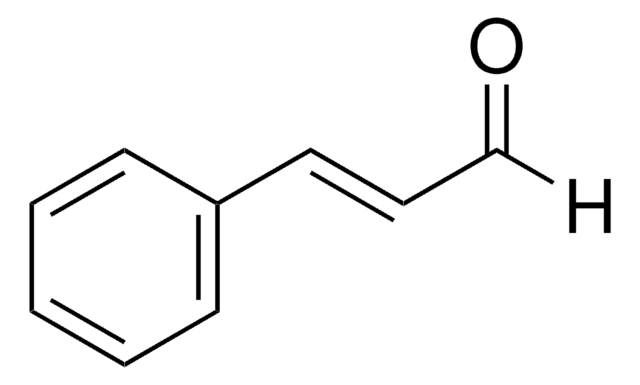8.22034
4-(Dimethylamino)-cinnamaldehyde
for synthesis
Synonym(s):
4-(Dimethylamino)-cinnamaldehyde
Sign Into View Organizational & Contract Pricing
All Photos(1)
About This Item
Linear Formula:
4-[(CH3)2N]C6H4CH=CHCHO
CAS Number:
Molecular Weight:
175.23
MDL number:
UNSPSC Code:
12352114
EC Index Number:
228-267-0
Recommended Products
Quality Level
form
powder
mp
135-138 °C
storage temp.
2-30°C
InChI
1S/C11H13NO/c1-12(2)11-7-5-10(6-8-11)4-3-9-13/h3-9H,1-2H3/b4-3+
InChI key
RUKJCCIJLIMGEP-ONEGZZNKSA-N
Application
<ul>
<li><strong>High-resolution imaging of plant tissues:</strong> 4-dimethylaminocinnamaldehyde (DMACA) is used as a PA-specific fluorescent dye that allows localization of PAs at high resolution in cell walls and inside cells using confocal microscopy, revealing features of previously unreported wall-bound PAs (Chowdhury et al., 2022).</li>
<li><strong>Chromogenic reagent for dietary supplements:</strong> DMACA serves as a chromogenic reagent in a microplate spectrophotometric method, used for the analysis of indole-3-carbinol in dietary supplements, demonstrating its utility in enhancing the accuracy of supplement analysis (Chaisiwamongkhol et al., 2022).</li>
<li><strong>Development of fluorescent chemosensors:</strong> Utilized in the synthesis of the chemosensor NBF, which is employed for the detection of cyanide ions (Gao et al., 2022).</li>
</ul>
<li><strong>High-resolution imaging of plant tissues:</strong> 4-dimethylaminocinnamaldehyde (DMACA) is used as a PA-specific fluorescent dye that allows localization of PAs at high resolution in cell walls and inside cells using confocal microscopy, revealing features of previously unreported wall-bound PAs (Chowdhury et al., 2022).</li>
<li><strong>Chromogenic reagent for dietary supplements:</strong> DMACA serves as a chromogenic reagent in a microplate spectrophotometric method, used for the analysis of indole-3-carbinol in dietary supplements, demonstrating its utility in enhancing the accuracy of supplement analysis (Chaisiwamongkhol et al., 2022).</li>
<li><strong>Development of fluorescent chemosensors:</strong> Utilized in the synthesis of the chemosensor NBF, which is employed for the detection of cyanide ions (Gao et al., 2022).</li>
</ul>
Analysis Note
Assay (HClO₄): ≥ 98.0 %
Melting range (lower value): ≥ 137 °C
Melting range (upper value): ≤ 140 °C
Identity (IR): passes test
Melting range (lower value): ≥ 137 °C
Melting range (upper value): ≤ 140 °C
Identity (IR): passes test
Signal Word
Warning
Hazard Statements
Precautionary Statements
Hazard Classifications
Aquatic Chronic 2 - Eye Irrit. 2 - Skin Irrit. 2 - STOT SE 3
Target Organs
Respiratory system
Storage Class Code
11 - Combustible Solids
WGK
WGK 3
Flash Point(F)
Not applicable
Flash Point(C)
Not applicable
Certificates of Analysis (COA)
Search for Certificates of Analysis (COA) by entering the products Lot/Batch Number. Lot and Batch Numbers can be found on a product’s label following the words ‘Lot’ or ‘Batch’.
Already Own This Product?
Find documentation for the products that you have recently purchased in the Document Library.
Our team of scientists has experience in all areas of research including Life Science, Material Science, Chemical Synthesis, Chromatography, Analytical and many others.
Contact Technical Service






